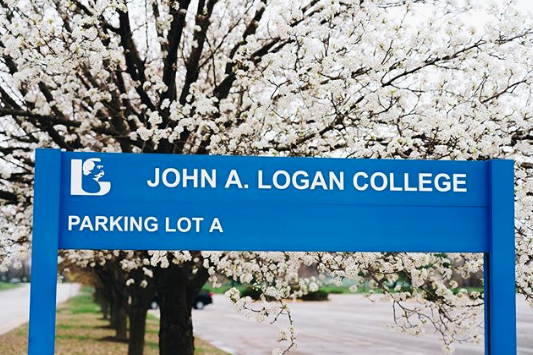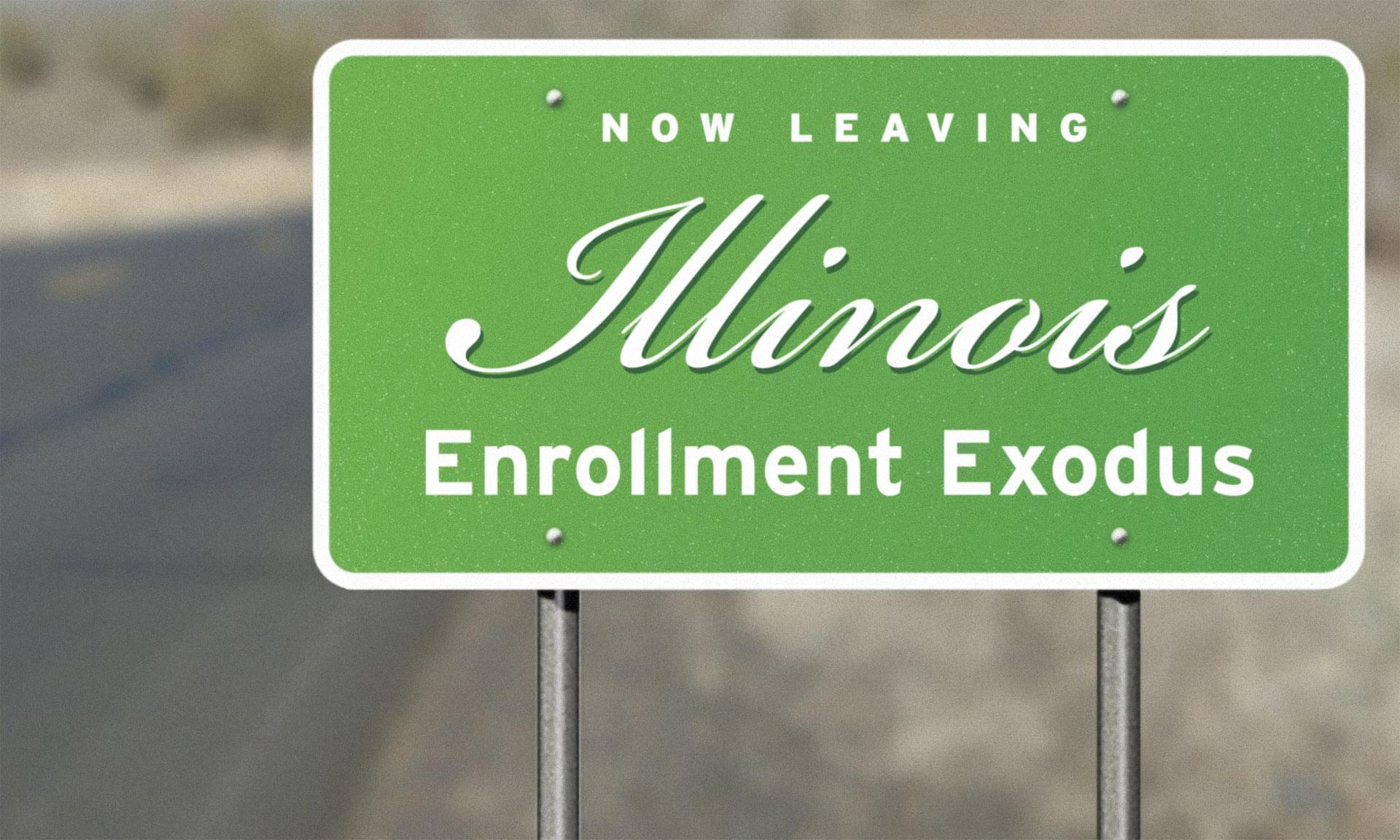Enrollment Exodus: Community Colleges Offer Options

John A. Logan Community College Instagram
A four-year degree is not the only option for students when they finish high school. But many choose community college in an effort to join the workforce sooner and save on tuition costs.
Community colleges funnel a lot of students into four-year institutions.

So-called articulation agreements like the ones John A. Logan Community College has with Southern Illinois University let students feel secure their credits will transfer, and count toward a degree.
Other students, though, see Illinois’ community colleges as a place to specialize in a field and get a kickstart to join the workforce.
Maura Farrell is a nursing student at John A. Logan College in Carterville.
"Thinking now, as an adult, this saves a lot of money. And it’s better to be closer to family and have their support while you’re going through it."
Farrell is a native of Herrin. She started at a four-year school in Kentucky as a pre-med major, but came back to Carterville and community college.
"Coming to John A. (Logan) is just a great, affordable option where you might not have to take out a student loan as you would at a four-year university and have that looming over your head. As you go on and work, you’re kind of just paying off what you already have. So I actually think Illinois is more affordable.”
Programs like nursing, welding, and others see consistent enrollment numbers – and in many cases continued to grow even in difficult financial times.
Marilyn Falaster, director of Logan’s nursing program, said students have varied reasons for choosing the profession.
"Some students need to become employable right away, for whatever reason. They’ve incurred expense unexpectedly in high school, sometimes things happen at home, that require that they become independent more quickly."
Logan’s program allows students to attend full time, part-time, or a hybrid online program. Falaster says that lets them work and take care of family or other obligations.
COST BARRIERS
Daniel O’Donnell calls his educational path "convoluted." The Carterville native took time off after high school and went to work. He got his associate’s degree from John A. Logan College, and then tried a four-year university. But he says the cost made it impossible for him to finish there.
"I transferred my associate's degree from here to a four-year university. I thought everything was going to be hunky-dory, and it turns out you can’t sustain $6,000 to $8,000 at that clip for just a few classes. It just isn’t reasonable."
O’Donnell says he hears from friends and others that he’s not alone in his financial struggle.
"I’m sure that there’s a lot of people like me here in southern Illinois. Finances are limited. We’re struggling to get by. We’re just trying to better ourselves, and it becomes a very difficult task when you look at the tuition rates at these four-year universities.”
Many community colleges in Illinois hear students express that pain. One way they’re addressing it is to create dual credit opportunities for high school students to earn college credit a little early, further reducing costs.
Another tactic community colleges across the state are taking is to form agreements with businesses for workforce development initiatives that track high school students into certain tracks of study at community colleges and out into targeted jobs.
Nursing Professor Heather Hampson says she loves watching her students grow into healthcare professionals. She says the career allows people from all walks of life to help others.
"It doesn’t matter if they’re right out of high school, or if this is a second career, or even maybe a third career choice for them. The thing about nursing is that it’s a really beautiful blend of science and art. It speaks to almost everybody."
And O’Donnell says that’s what made him come back, along with the financial benefits.
"I haven’t taken out a loan for nursing school. I’ve been able to pay for it out of pocket. That’s been fantastic. It’s been difficult at times, trying to juggle, especially with the craziness of this first class that we’re in with fundamentals, but that’s an option, I mean, you just can’t beat that."
Even with low price points compared to out of state institutions, workforce development partnerships with business, and links down to high schools and over to four-year institutions, it’s not easy for community colleges.
The Illinois Community College Board says systemwide enrollment has dropped 21% in the last decade.
This story is part of the weeklong Enrollment Exodus series, produced by public radio stations across the state, about challenges facing higher education in Illinois.
Links
- Enrollment Exodus: Equity And The Effort To Retain Illinois Students
- Why Latinx Enrollment At IL Community Colleges Holds Steady, But Gaps In Degree Attainment Persist
- Enrollment Exodus: How Private Colleges and Universities Are Meeting Enrollment Challenges
- Enrollment Exodus: Why So Many Chinese Students Choose That ‘Cornfield’ School In Illinois
- Enrollment Exodus: Public Universities Do More Than Educate Students
